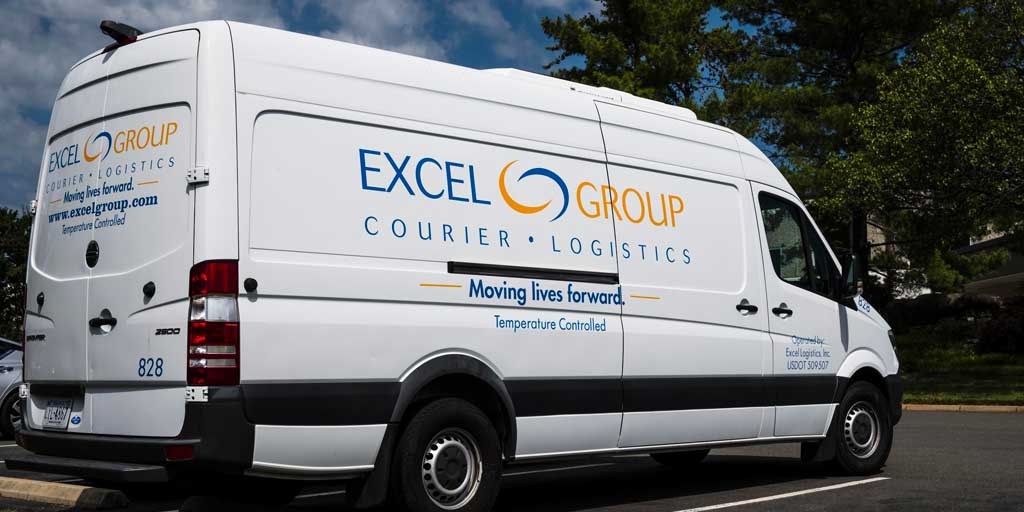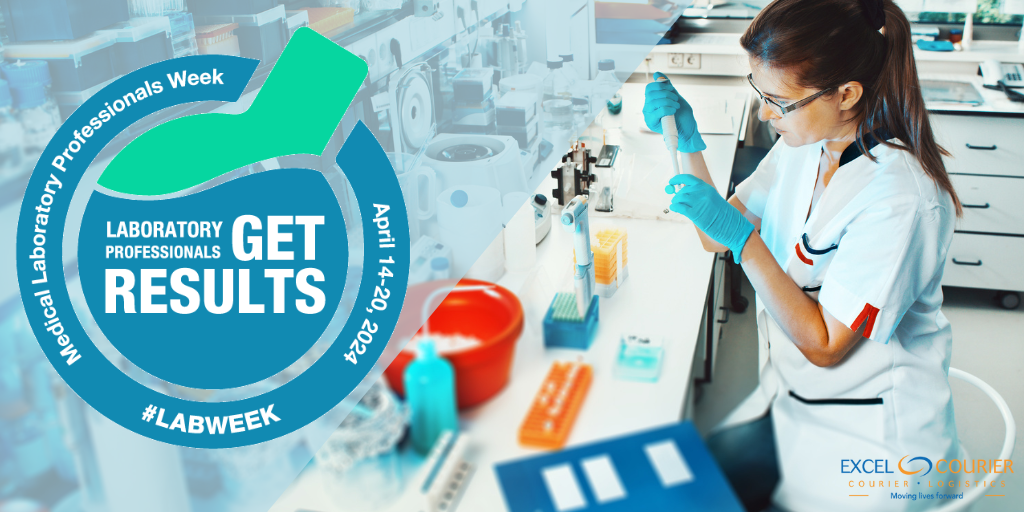
The Importance of Temperature Control in 2024
The cold chain has been deemed one of the "fastest-growing sectors in supply chain logistics", according to Forbes. This makes it the perfect time for businesses to evaluate potential risks in their cold chain operations, take a holistic approach, and implement contingency plans for critical situations.
Cold chain logistics experienced significant growth these past few years due to the world's knee-jerk reaction to COVID-19 and the realization that investments into better temperature maintenance were necessary in fluctuating environments. As such, there's been a rise in temperature-sensitive shipments like pharmaceuticals, vaccines, medical samples, and perishable goods.
What is cold chain logistics?
Cold chain logistics refers to the temperature-controlled supply chain process that tracks and maintains ideal temperature ranges for temperature-sensitive products. This applies during production, storage, transportation, and final delivery. All four stages must work together seamlessly to ensure shipments remain within the necessary temperature range, whether frozen, refrigerated, or ambient. Even minor mishandling during production or storage can wreak havoc further down the supply chain.
The Role of Courier Services in Cold Chain Logistics
Specialized local courier companies bring essential experience, credentials, and rapid response times for last-mile cold chain transportation. Couriers need temperature-controlled vehicles (TCVs) equipped with proper temperature regulation. For larger loads or longer distances, TCVs like refrigerated sprinter vans and trucks with active cooling systems are most efficient. These electric systems automatically adjust to maintain temperatures from -20°C to 70°F as needed.
Qualified couriers provide:
- Temperature-controlled vehicles
- Certified and trained drivers to safely handle temperature sensitive material
- Coolers, coolants and temperature monitors
- Replacement of expiring coolants
- Replenishment of evaporated dry ice, critical at airports
- Electronic data logging monitor (EDLM) analysis
Temperature-Controlled Storage Capabilities
Some couriers also offer temperature-controlled warehouse storage to cross-dock or locally store goods until delivery. This could include humidity/temperature-controlled systems, refrigerated containers, freezers, or entire cold rooms.
Risk Management in Cold Chain Logistics
Maintaining ideal temperatures throughout the supply chain is complex. Issues like improper packaging, volume calculation errors for coolants, cargo sensitivity, and human mistakes can compromise shipments equally in January or July. Supply chain disruptions like customs delays, equipment failures, reduced staffing, or vehicle breakdowns also remain ongoing concerns. While risks are inevitable to some degree, having experienced service providers who can rapidly resolve any such issues is key for time-sensitive, temperature-controlled cargo.
Industries That Benefit From Local Cold Chain Logistics
Healthcare – Hospitals, pharmacies, labs, and clinics require cold-chain shipping to transport vaccines, specimens, pharmaceuticals, blood, tissue, dental and medical supplies. Cold Chain technology enables the healthcare industry to reach a wider patient base and help more people. However, it is crucial for the recipients to have confidence in the effectiveness of these products. According to Forbes, 2024 will be a year of accountability where all parties involved in cold chain logistics will be held to the same standards and will be responsible for keeping each other accountable.
Shippers -International and domestic 3PLs, freight forwarders, and shippers partner with couriers for quick, local transportation and coolant replenishment at airports.
Food & Beverage – Grocery stores, food logistics, catering, farms, or butchers. People have become accustomed to the convenience that home delivery brings.
Food logistics companies run on an incredibly tight schedule on their routes and the slightest delay could mean a late restaurant delivery. Late delivery to restaurants means a limited menu and a limited menu means upset patrons. Providing couriers with any outlier deliveries could help avoid any delays by delivering directly.
Floral – Flowers particularly cut ones, age faster in the heat. Keeping them cool can preserve them longer, keeping them fresh until they reach the shop or client.
Guidelines, Regulations and Certifications
Guidelines, regulations, and certifications are created in the transportation industry to protect consumers and ensure accountability for all the parties involved in cold chain logistics. Although there are many guidelines that apply, there are some that are specifically related to cold chain logistics.
FDA – FDA regulations are established for safe transportation of human and animal products such as food, beverages, medical products, and cosmetics. These also keep carriers and shippers responsible for monitoring temperature-sensitive items.
Facilities storing products regulated by the FDA need to be FDA-certified.
US DOT/IATA/Hazardous Materials (HAZMAT) and Dangerous Goods – DOT regulates the safety of the road and IATA regulates the air. They set requirements outlining training that carriers and shippers must have while transporting HAZMAT or Dangerous Goods. They should be in accordance with DOT 49 CFR, specifically section 172 & 173 and IATA Dangerous Goods. They are responsible for markings, labels, placards, shipping papers, training, emergency response and performance-oriented packaging standards.
OSHA Bloodborne-Pathogen and HIPAA – True medical couriers are required to have an annual training program in place to certify they are trained in specimen integrity, compliance, best practice standards, and occupational hazards. This can be done in-house if the person is knowledgeable in the subject matter and follows OSHA 29 CFR Regulations. If not, it is recommended that this be outsourced to a company that specializes in the program such as Integrity Medical Courier Training.
TSA – Couriers participating in TSA’s Cargo Programs are trained in the security requirements and acquire Security Threat Assessment (STA) clearances to allow them to tender to and recover from airports. This is critical to cold chain logistics as temperature-sensitive material could potentially take days to get cleared through Customs. A courier can have unescorted access to cargo in order to provide dry ice replenishment; maintaining the content’s integrity.
The Last-Mile Solution in Cold-Chain Logistics
The success of cold chain logistics hinges on each stage of the journey diligently safeguarding product integrity and maintaining precise temperature control right up to the final mile. The effectiveness of cold chain logistics is determined by its ability to deliver products that fulfill their intended purpose for the end user. Couriers who excel in handling temperature-sensitive materials serve as a crucial local resource in bridging the gap for the final mile of cold chain logistics.
Related Services
- Medical Courier Services
- Temperature Controlled Courier Services
- Excel Courier Services Overview
- Excel Logistics Services Overview
Related Posts

Excel Courier Celebrates Lab Week: April 14-20, 2024
The Power Behind the Diagnosis: Celebrating Medical Laboratory Professionals

7 min read
Sterile Logistics: Could A Medical Courier Be The Missing Link?
Sterile logistics is an essential part of the medical field because clean instruments mean patients are protected from infectious pathogens. Sterile...

7 min read
Why Outsourcing Medical Delivery Services is a Smart Decision
Has your business considered outsourcing medical delivery services? When it comes to the delicate and vital task of transporting any medical...

10 min read
Medical Delivery Quality Assurance Stories: What You Can Do to Help Prevent Delivery Delays
Mistakes and oversights that occur during a critical medical delivery could result in the loss of life. Right for the shock value! Yes, because in...























